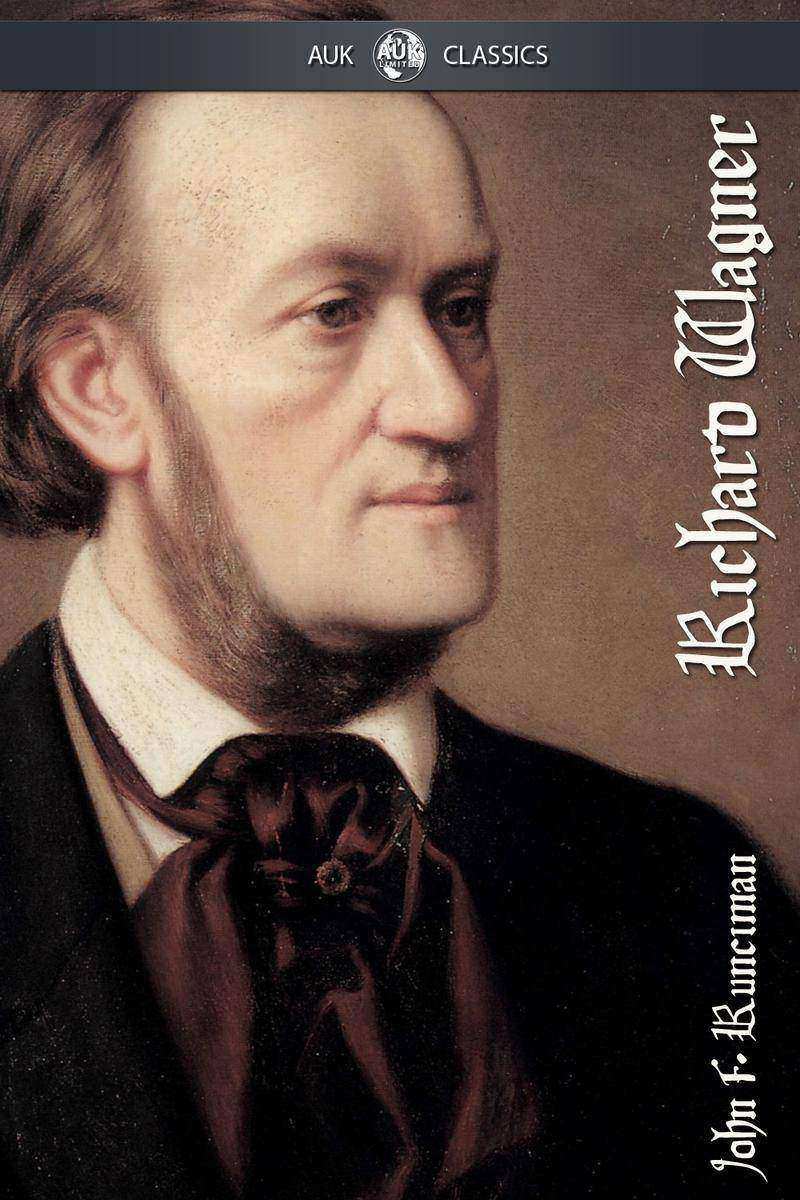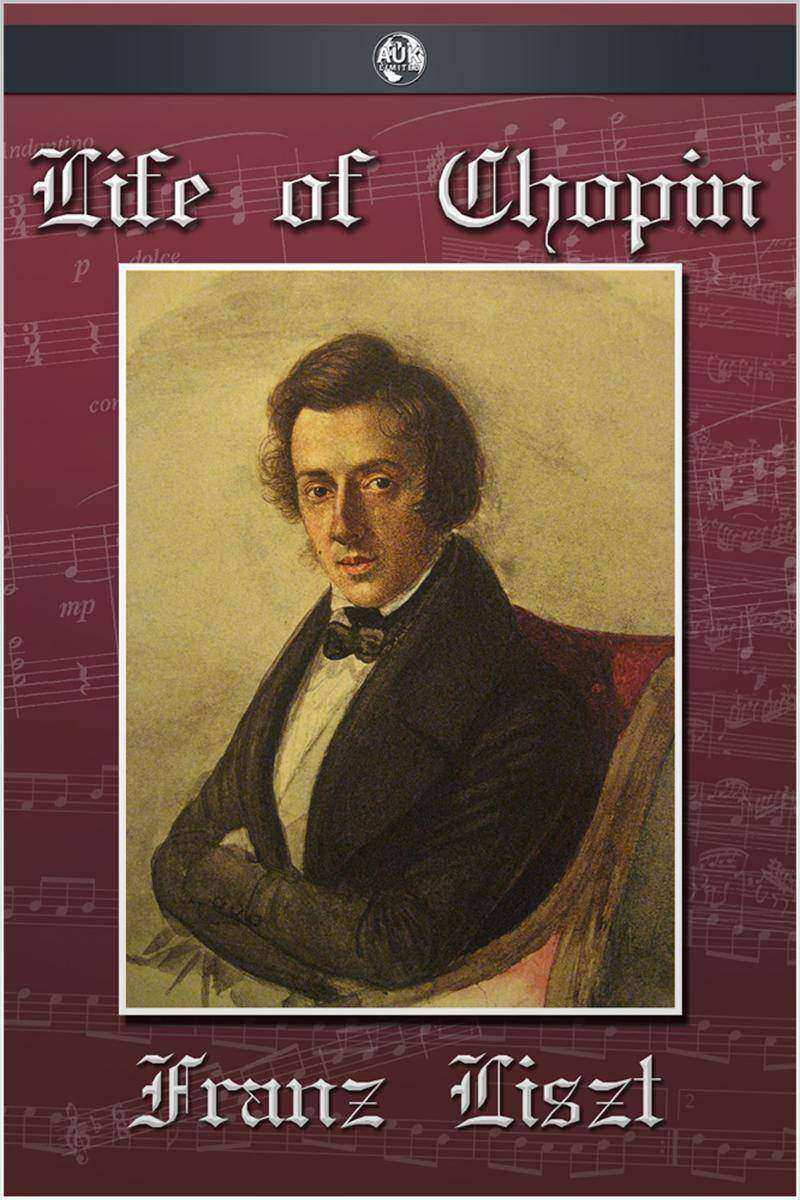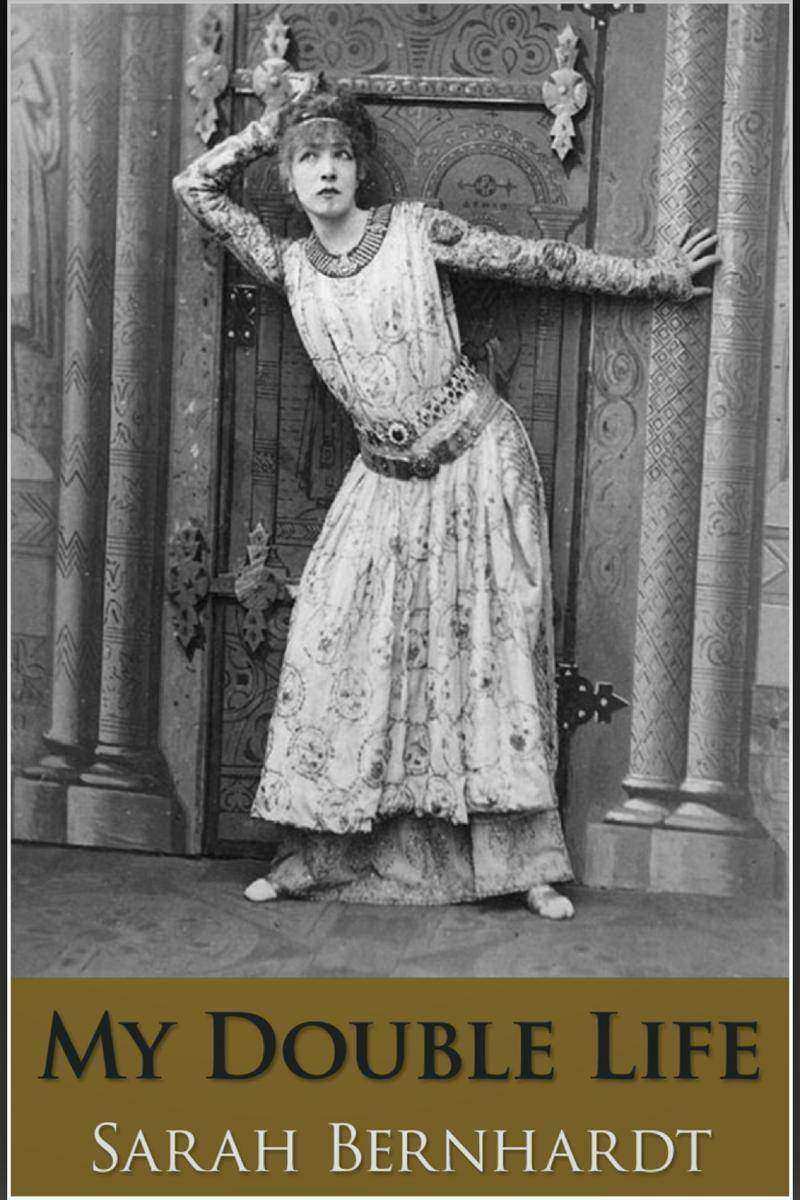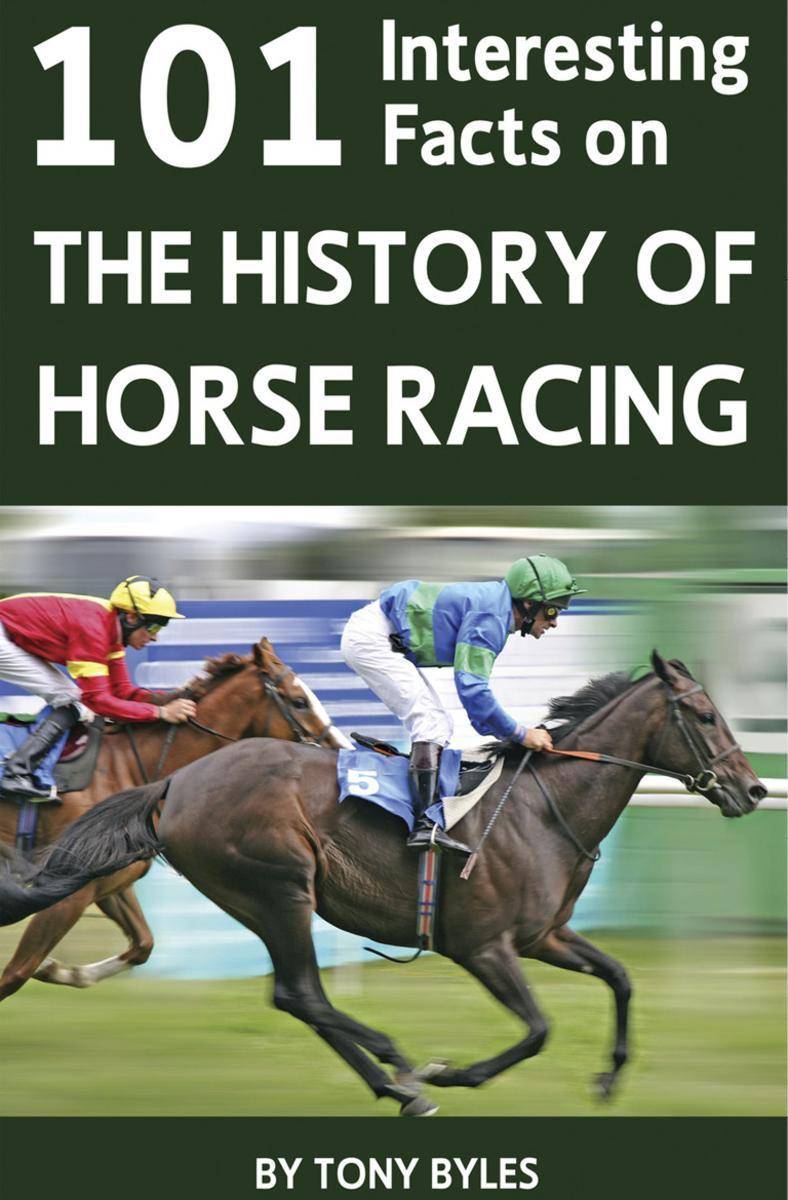
A-Z of Atari 8-bit Games
¥19.52
The A-Z of Atari 8-bit Games: Volume 1 features reviews of three different games for each letter of the alphabet. The games range from the very earliest releases in the late 70s to the modern homebrew games of today. This book shows you just how diverse the library of titles is for the Atari 8-bit computers and how it became one of the popular computers of all time.

A-Z of Atari 8-bit Games
¥19.52
The A-Z of Atari 8-bit Games: Volume 2 features reviews of three different games for each letter of the alphabet. The games range from the very earliest releases in the late 70s to the modern homebrew games of today. This book shows you just how diverse the library of titles is for the Atari 8-bit computers and how it became one of the popular computers of all time.

Classic Children's Television Quiz Book
¥73.48
Compiled by acclaimed television scriptwriter and novelist Dean Wilkinson, The Classic Children's Television Quiz Book is packed with fascinating facts about the shows you loved as a child as well as those programmes currently capturing the imagination of today's young audiences. From timeless classics like Thunderbirds, Blue Peter and Dr Who to the thoroughly up-to-date Sponge Bob, the 1,000 questions in this book will not only test your memory of the characters you grew up with but your family's knowledge of their current favourites. With a fitting foreword by popular family TV presenters Ant and Dec this book is sure to prove a hit with television lovers of all ages and, in particular, those members of the older generation who have remained young at heart.

A-Z of Atari ST Games
¥19.52
The A-Z of Atari ST Games: Volume 2 features reviews of three different games for each letter of the alphabet. The games range from the very earliest releases in the mid 80s to the modern homebrew games of today. This book shows you just how diverse the library of titles is for the Atari ST range and how it became one of the most popular home computers of all time.

Celebrities' Favourite Books
¥58.76
Dementia, including Alzheimer's disease, characterised by mental deterioration and degeneration of the brain, is distressing for both sufferers and those who care for them, and Celebrities' Favourite Books is dedicated to those affected.Containing around 100 letters from well-known people nominating their all-time favourite reads and explaining their choice, this book is designed both to stimulate an interest in reading novels and also to raise awareness of Alzheimer's disease.With a fitting foreword by Princess Alexandra, the aim of the book is to highlight the plight of sufferers and raise awareness of, and funds for, the valuable work carried out by the Alzheimer's Society.

A-Z of NES Games
¥19.52
The A-Z of NES Games: Volume 1 features reviews of three different games for each letter of the alphabet. The games range from the very earliest releases in the mid-eighties to the modern homebrew games of today. This book shows you just how diverse the library of titles is for the Nintendo NES and how it became one of the most popular consoles of all-time.

A-Z of Colecovision Games - Volume 1
¥19.52
The A-Z of ColecoVision Games features reviews of three different games for each letter of the alphabet. The games range from the very earliest releases in the mid-eighties to the modern homebrew games of today. This book shows you just how diverse the library of titles is for the ColecoVision and how it's become one of the most collectable consoles out there.

Ellie Goulding Quiz Book
¥24.43
Are you a fan of Ellie Goulding? Have you followed Ellie's steady rise to fame from the release of her debut album in 2010 to current chart success? Would you like to find out more about the talented singer-songwriter and instrumentalist? If you answered yes to any of the above questions, you won't want to be without The Ellie Goulding Quiz Book. Can you name Ellie's second studio album, released in 2012? What BRIT award was Ellie nominated for, and subsequently won, in 2010? Do you know how many instruments Ellie can play? The 100 similar questions in this quiz book have been researched and compiled to test your knowledge of your favourite star and so that you can get to know her better. Bringing you up to date with all the music, events and activities of this popular and versatile performer, this book is packed with information. A fun and entertaining book for the whole family and a must-have for Ellie Goulding fans from five to 95.

Magnum, P.I. Quiz Book
¥29.33
Were you a fan of the 1980s' cult American series Magnum P.I.? Can you remember the names of the four main characters? Was Magnum P.I. one of your favourite TV shows from yesteryear? If so, you won't want to be without this new quiz book. What was Magnum's iconic Hawaiian shirt called? Who was the original composer of the Magnum P.I. theme song? In which major film was actor Tom Selleck originally cast? The answers to these questions and more can all be found inside The Magnum P.I. Quiz Book. With 300 questions on the characters, the actors who brought them to life, writers, episodes, guest stars, cars and much more Magnum related trivia, this book will take you back in time as you relive all those memorable moments from Magnum P.I. Full of facts about the show that had audiences across the globe glued to their screens, this book will tell you everything you ever wanted to know about the award-winning, iconic TV series. This is a must-have for Magnum P.I. fans of all ages.

Richard Wagner
¥29.33
This short biography of the famous composer Richard Wagner details his life, his works and gives the reader an interesting guide to the style that defined this master of operas and other musical works. This version has been specifically edited and formatted for today's e-readers, and makes an excellent addition to any music-related book collection.

Life of Chopin
¥44.05
This short biography of the famous composer Frederic Chopin (by none other than Franz Liszt!) details his life, his works and gives the reader an interesting guide to the style that defined this master of composing for the piano. This version has been specifically edited and formatted for today's e-readers, and makes an excellent addition to any music-related book collection.

Fucking On Fridays
¥29.33
Dennis Loraine died in self-imposed obscurity in South London. During the last three decades of his life he slept with a revolver under his pillow. Dennis's childhood in a Bristol orphanage gave him a thirst for success. The University of Life, however, made him cabin boy, code-breaker and actor. By his early thirties he had married four times and fathered a dozen children. He maintained a lavish lifestyle by preying on older women. He became a trusted friend of the famous and wanted to be like them. With his partner, screen idol and Oscar winner George Sanders, he created the Company of Cads which was to become the driving force behind the greatest financial scandal of the 1960's. Celebrity investors, who included world famous author Graham Greene and silent movie legend Charlie Chaplin, had their careers compromised. The Cads also took millions from the public purse. When the company collapsed Dennis went underground as a US Secret Service mole and was instrumental in bringing to justice those behind the biggest counterfeiting operation in US history. As a consequence of this, and a possible attempt to embarrass a future Prime Minister, the Cads scandal was whitewashed and none of the principals were brought to justice in the UK. As Dennis Loraine's oldest son, I am uniquely placed to tell his story. The intention throughout is to excavate the truth and to reveal something of the world in which my father lived and moved. Significant events are corroborated by solid documentary evidence.

50 Quick Facts about Arizona
¥9.71
This book is part of a series of 50 quick facts about each of the United States of America. This book covers the state of Arizona. Facts about the major cities, the history of the state, famous people linked to Arizona and many more subjects. This book contains all you will ever need to know about the Copper State.

50 Quick Facts about Arkansas
¥9.71
This book is part of a series of 50 quick facts about each of the United States of America. This book covers the state of Arkansas. Facts about the major cities, the history of the state, famous people linked to Arkansas and many more subjects. This book contains all you will ever need to know about the Natural State.

50 Quick Facts about Texas
¥9.71
This book is part of a series of 50 quick facts about each of the United States of America. This book covers the state of Texas. Facts about the major cities, the history of the state, famous people linked to Texas and many more subjects. This book contains all you will ever need to know about the Lone Star state.

My Double Life
¥19.52
The fantastic memoirs of one of the most famous actresses in history, French stage and early film actress Sarah Bernhardt.

101 Amazing Facts About Selena Gomez
¥19.52
Are you the world's biggest Selena Gomez fan? Or do you want to know everything there is to know about the actress, singer and (of course) ex-girlfriend of Justin Bieber.If so, then this is the book for you! Contained within are 101 amazing facts about everything, from Selena's upbringing, how she got started in the music and film industries, her relationships plus much more. The book is easily organised into sections so you can find the information you want fast and is perfect for all ages!

Bowie and Hutch Story
¥127.43
Bowie and Hutch Story

101 Interesting Facts about Spurs
¥19.52
Are you a football fan? Do you support Tottenham Hotspur FC? Would you like to find out more about the club's long and successful history? If you answered yes to any of these questions, you are certain to enjoy this informative Spurs reference guide.Did you know that Tottenham's record cup win is 13-2, in an FA Cup game against Crewe during February 1960? Or that Steve Perryman holds the record at White Hart Lane for making the most League appearances at the club, with 653 starts and two substitute appearances? With 101 facts all about Spurs, this is the book that Tottenham supporters can't be without. Perfect for match days or amusing the kids at home, this tribute to Spurs will tell you everything you ever wanted to know about this popular English Premier League team. So why not relive all those golden moments from days gone by and gen up on Spurs' glorious past with 101 Interesting Facts About Spurs? A simply must-have book for Tottenham supporters of all ages.

John Newman Quiz Book
¥24.43
Are you a fan of John Newman? Have you followed his progress through the charts from the release of his debut single to receiving three Brit award nominations? Would you like to find out more about the talented singer and musician? If so, The John Newman Quiz Book is definitely for you. The trademark streak in John's hair was originally a tribute to which soulful female artist who had a similar blonde streak? How did John celebrate 'Love Me Again' reaching number 1 in the UK singles charts? At what overseas festival did John headline in July 2014? The answers to these questions and more can all be found in this fun quiz book. John has been steadily building up a dedicated following ever since he featured on Rudimental's chart-topping single 'Feel the Love'. Since then, John's popularity has continued to rise so make sure that you are the first to find out all about the distinctive artist. With 100 questions all about your favourite singer, this is a must-have book for John's growing fanbase.

101 Interesting Facts on the History of Horse Racing
¥24.43
Are you a fan of horse racing? Do the origins of this action-packed sport intrigue you? Would you like to find out more about the horses, riders and trainers involved in the famous races? If so, you are certain to enjoy 101 Interesting Facts on the History of Horse Racing. It's a chronological journey from the earliest days of racing. Read about racing before the days of the thoroughbred; the first recorders of racing; the mystery of the foundation stallions; the origin of grey horses; twins; the early bookmakers and other Turf personalities; the American Godolphin Arabian; the truth behind the origins of the Grand National and who was the real winner of the 1880 Derby. The answers can all be found in this informative new book along with many more fascinating facts about the history of racing. This book is packed with carefully researched, detailed information about all aspects of racing including famous runners, breeders, owners, jockeys and much more, so that you can't fail to learn something new. This is a must-have book for anyone with an interest in racing.




 购物车
购物车 个人中心
个人中心



